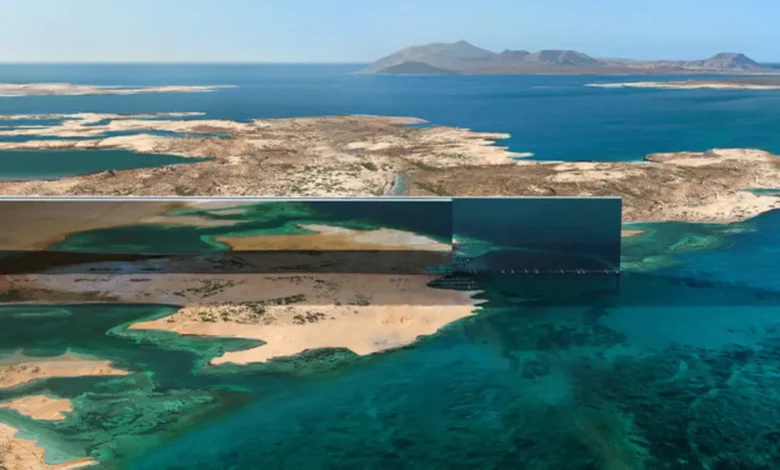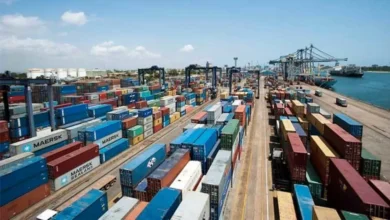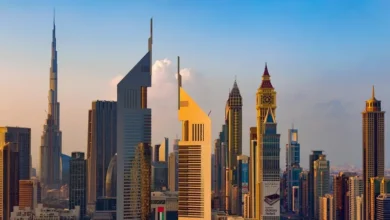Saudi Arabia seen spending $175 bln a year as building boom kicks off

Saudi Arabia is expected to spend more than $175 billion annually on industrial and mega projects between 2025 and 2028 as the Kingdom’s construction boom kicks into full gear, according to McKinsey & Co.
With about $1.3 trillion of major projects in the works, such as the high-tech new city of Neom and the Red Sea resorts off the Kingdom’s west coast, spending is expected to peak at as much as $180 billion in 2026 and 2027, the consultancy said in a report.
“The resources needed to fulfill the new construction ambitions of the Kingdom of Saudi Arabia over the next decade are colossal,” analysts including Shankar Chandrasekaran wrote in the report.
“The expected annual contract award is three times the historic average, rising from $50 billion to $150 billion.”
Saudi Arabia’s so-called giga projects are key to the Kingdom’s plans to transform itself into a top tourism destination and to shift its economy away from oil. To help achieve its ambitious targets, the Kingdom has awarded $250 billion worth of construction contracts since 2016. It’s also launching a new airline and airport as part of the 2030 plan led by Crown Prince Mohammed bin Salman.
The Kingdom also plans to build 660,000 homes — almost as much as neighboring Dubai’s entire housing supply — and add 289,000 hotel rooms, 6 million sq. meters of office and 5.3 million sq. meters of retail space, according to property consultant Knight Frank LLP.
Mammoth task
The completion of such large projects will require an overhaul of the contracting industry in the Kingdom and the use of industrialized construction and using digital and analytical tools to keep projects on time, according to McKinsey. New methods would reduce completion time by as much as 40 percent, lower overall costs and reduce project risks, it said.
Saudi Arabia’s “plans are of sufficient scale that industrialized construction could prove more economical than traditional in-situ methods — a crucial tipping point that could make the country a construction manufacturing hub for the region and even beyond,” the report said. “But achieving that vision won’t be easy.”
McKinsey estimates that the white-collar construction workforce in Saudi Arabia will double from 2021 levels before 2025, adding 150,000 engineering professionals. Construction labor will more than triple, adding millions of additional workers, it said.
Demand for construction materials will also pressure the supply chain locally with shortages expected for 16 out of top 25 materials needed, according to the report. Although additional capacity is being built through joint manufacturing and supplier partnerships, boosting that through the creation of a local supply chain of national champions would help address the shortages and encourage collaboration across entities.
“While the financial advantages of modularization tend to come late in a project — delays prevented, cost overruns avoided — planning for modularization comes early,” McKinsey said. “For industrialized construction to be financially and logistically feasible in KSA, the entire construction ecosystem of owners, regulators, and contractors would need to come together to set up the right environment.”











